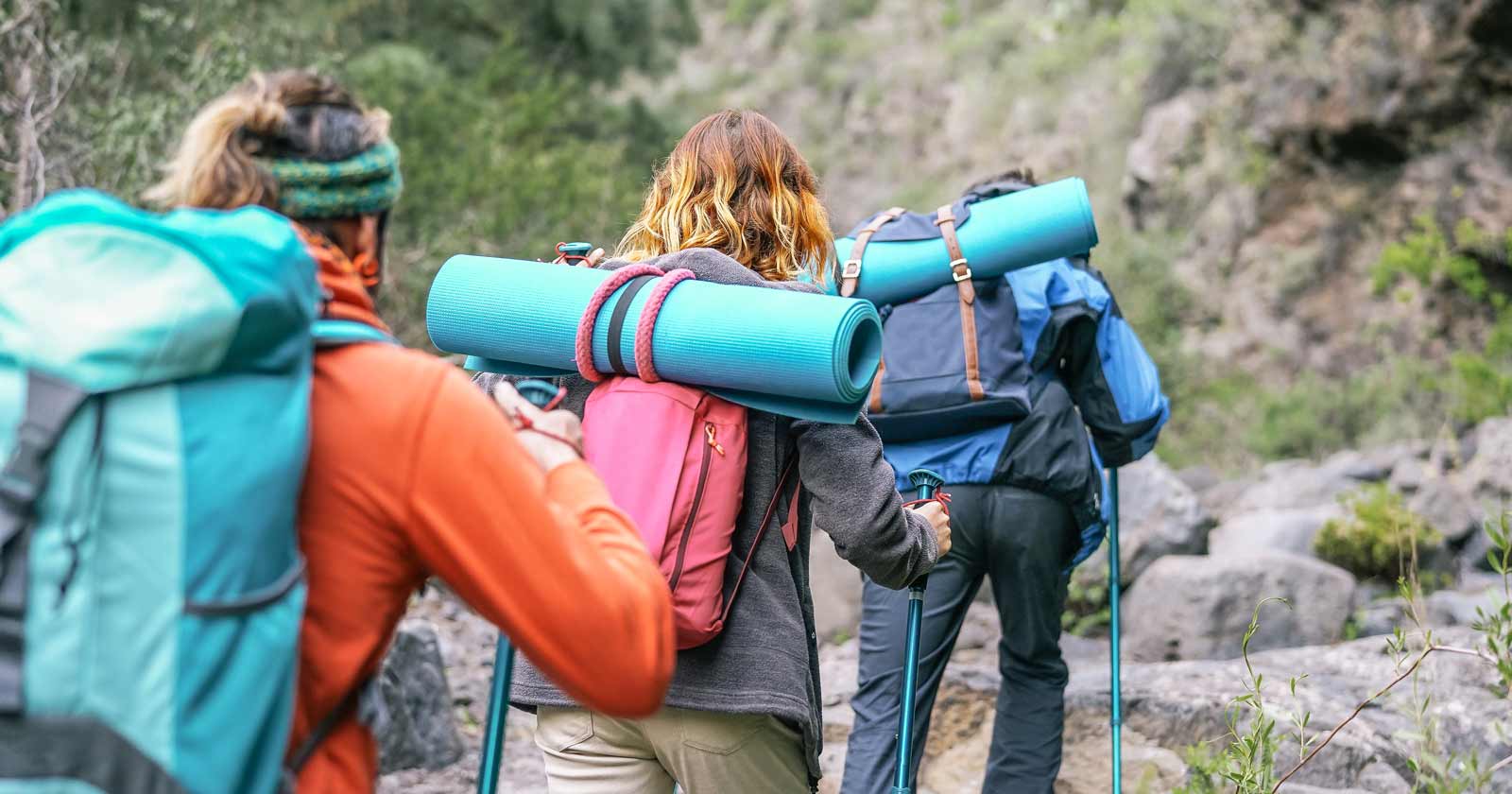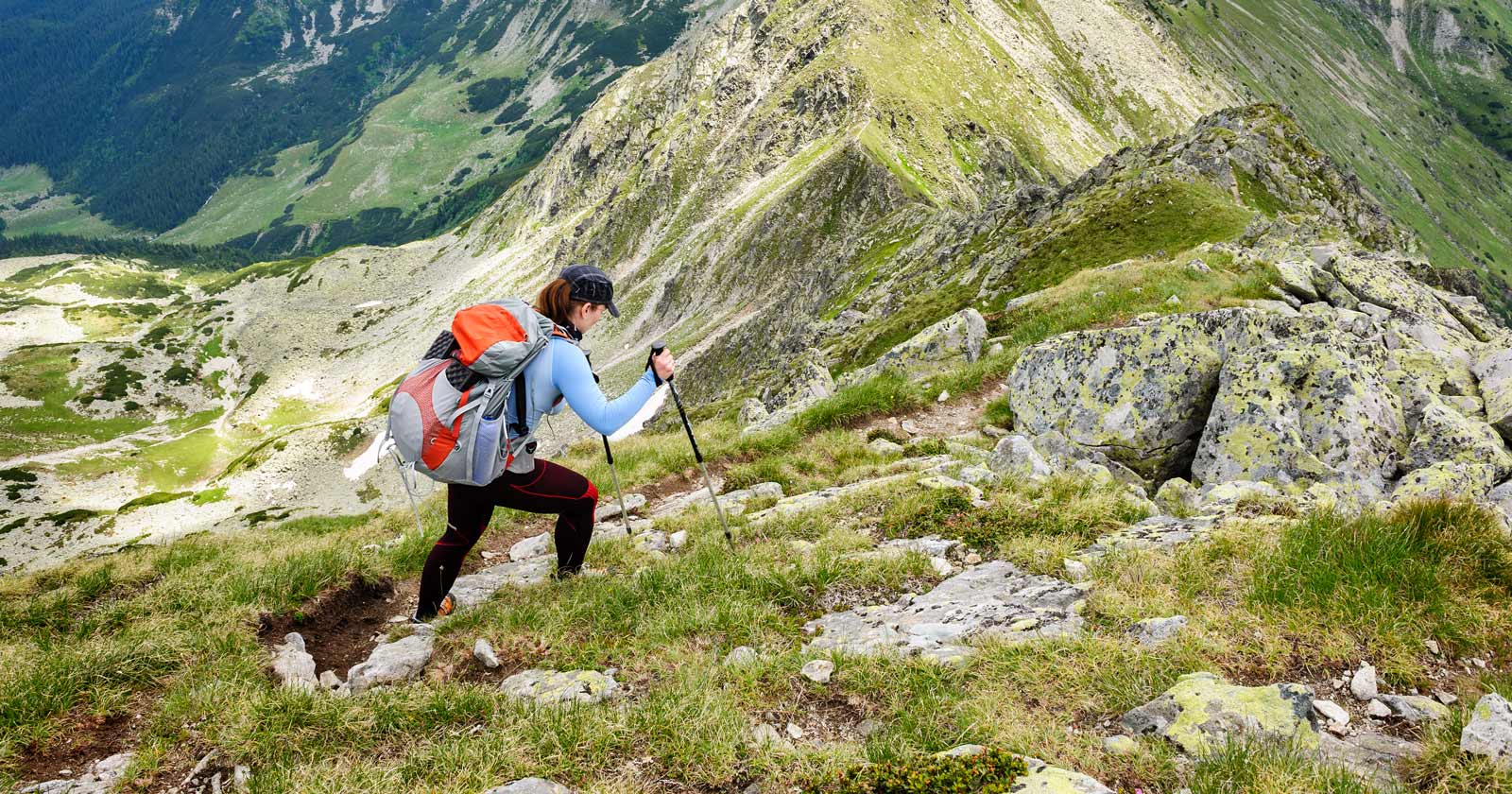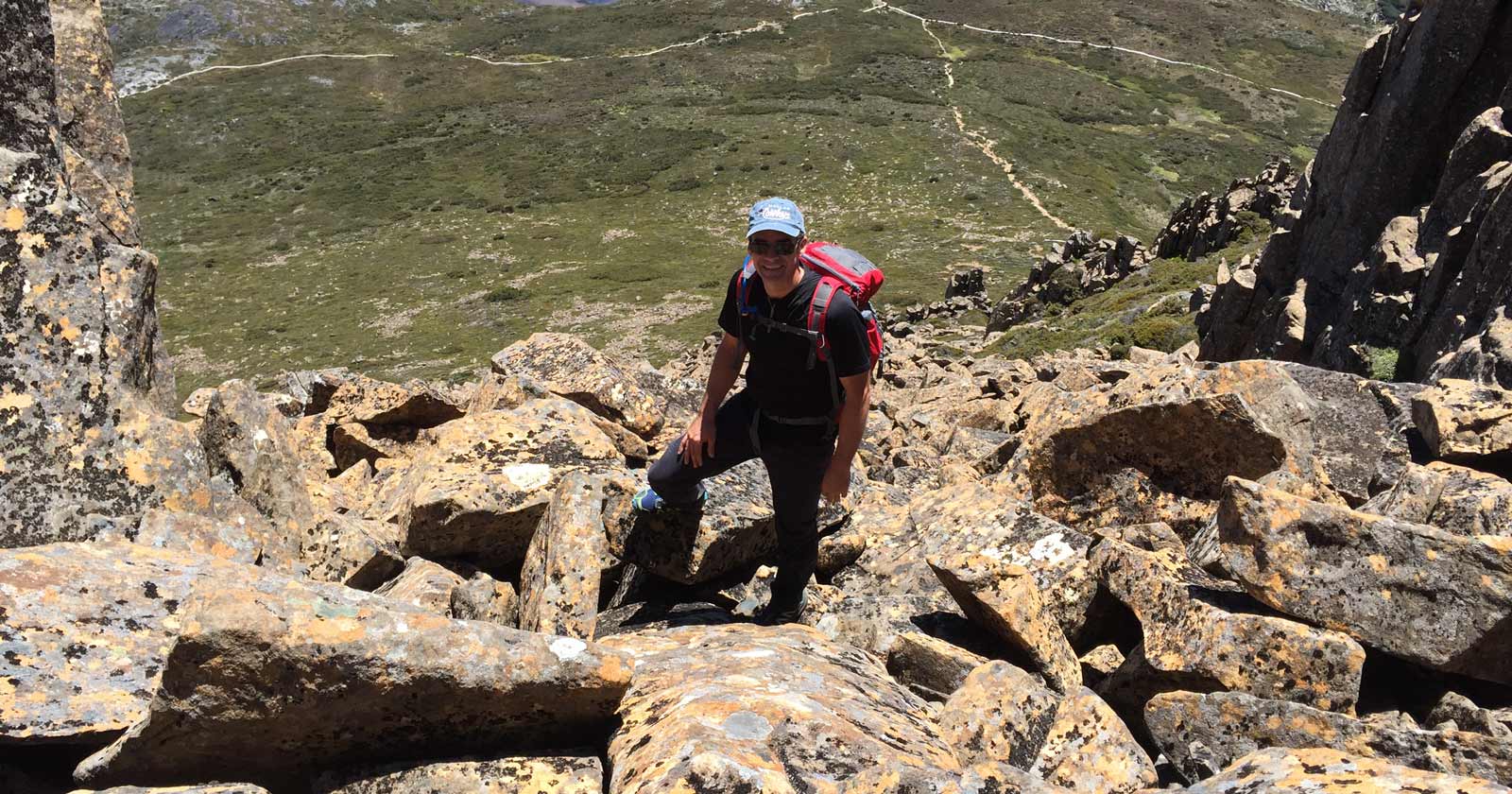Knowing how to cross a river is a critical hiking skill, so is knowing when not to cross. Take the time to learn correct river crossing techniques.
The fact is that crossing rivers, especially when they’re running high, is among the riskier things you can do on the trail. Rocks and logs may offer a bridge to the opposite bank. But they’re often wet or covered with algae and mosses. That can lead to slips and falls, and, therefore, any number of things that you really don’t want to experience: head injuries, broken bones, and the chance to get swept downstream.
The rate of runoff in streams and rivers is highly variable. In years of light snowfall and hot spring days, streams may run at low-to-moderate levels by early summer. However, in years with heavy and late-season snows, rivers can run so high that trails, even ones with actual bridges, remain impassable well into summer.
Two keys to remember: Don’t take any unnecessary risks. And don’t push anyone past their skill and confidence level. You’re only as capable as the weakest hiker in your group.
Where to cross
Hints and tips
- Move side on to the current
- Take small shuffling steps
- Watch the far bank
- Move diagonally across the river to utilize the effect of the current
- Don’t fight the current
- Don’t clutch logs or rocks under the water
- Keep your boots on
- Avoid loose, baggy clothing
- Wear woollen or appropriate synthetic clothing next to the skin in cold conditions
- Waterproof pack contents
- Loosen pack shoulder straps
- Unfasten pack waist band
If you have to cross then consider
- Run out
- Nature of river bed
- Speed of river flow
- Turbulence of the river
- Depth of water
- Shape of water
- Entry and Exit points
- Capabilities of the group
- Coldness of the water
- Safer alternatives
Acceptable Crossing Places
- Shallow water (approximately thigh deep) flowing above shingly or gravelly beds and with accessible banks
- Shallow water flowing over a boulder bed with a variable current
- Deep and slow flowing river but not too wide
Unacceptable Crossing Places
- High and Discoloured water
- Excessive river flow and volume
- Excessive river width
Crossing techniques
Single Pole Crossing
- Pole held diagonally across the body
- Body parallel to the direction of river flow
- Pole positioned upstream and moved through the water
- Pole dimensions approximately 2 metres x 6cm
- Pack straps loosened and waist band undone
- Maximum depth of water approximately thigh deep
- Lean on pole using it as a ‘3rd’ leg as you move the feet forward
- Move diagonally across and slightly downstream in an ‘arc’ fashion
- Used for individual crossings
- Lacks strength of mutual support methods
- Suitable for rivers with reasonably smooth bottoms and no hazards down stream
- Always wear footwear
Long Pole Crossing
- Group parallel to direction of river flow
- Strongest person oil upstream end. Also controls movement of group
- Second strongest person on the downstream end
- Pack straps loosened. Waist belt undone
- Upstream arm over and downstream arm under pole. Arms linked together
- Maximum water depth up to waist height
- Pole diameter approximately 6-7 cm
- Group moves diagonally across and slightly downstream
- Used by groups of 3-6 people where river conditions are too dangerous for individual crossing
- Very strong and stable method
- Retreat backwards if conditions are too difficult. Do not turn around
- Always wear footwear
Mutual Support Crossing
- Strongest person at upstream end
- Upstream person slightly forward
- Second strongest person at downstream end
- Arms linked at the elbows
- Group parallel to the current
- Maximum river depth approximately thigh deep
- Pack straps loosened and waist band undone
- Used by groups of 3-5 people
- Suitable for rivers with uneven beds
- Groups move as a single unit
- Always wear footwear
Recovery and Survival
If you fall in, the pack can be used as a life jacket:
- Lean back on pack and face downstream
- Pack waist strap should already be undone
- Push down on pack straps to keep pack on back
- Keep feet in a running position and head diagonally towards the bank
- Remove pack only if you lose control of it and/or it pushes you under. Then use it as pack float
Pack floating
- Used where crossing is deep, river is clear of debris and river current is not a problem
- Pack is held in front with one hand. Other hand is used (with the aid of the legs) to propel pack and self towards the bank
- Contents of pack should be water-proofed before any pack float
- All group members must be able to swim
River Crossings in Snow
Rivers
- Avoid if possible, particularly deep water
- Treat with extreme caution if you have to cross
- Beware extremely cold water conditions, snow banks collapsing at entry and exit points and iced over rivers
- Check entry and exit points are safe before entering water
- Remove skis before entering water. Carry by hand or preferably attached to pack
- Check pack shoulder straps loosened and waist strap are undone before entering water
- Use stocks to aid balance during crossing
- Always wear boots
Creeks
- Consider and check the possibility of ‘jumping’ small creeks
- If so, throw pack, skis and stocks onto other bank before jumping
- Beware skis sliding back into creek. Use a person on opposite bank to prevent this
Snow Bridge
- Check suitability and safeness of bridge before crossing on skis
- Choose a bridge whose width can be spanned by the length of skis
- If safe to cross release ski safety straps, take hands out of stock wrist straps, and undo rucksack waist band
- Only one person at a time to ski across bridge
- Beware overhanging snow banks and possibility of bridge collapsing
- Beware danger of fallen person being swept under a snow bank or a snow tunnel
Author: New Zealand Mountain Safety council Bushcraft, Mountain Safety Manual 12, Revised Edition 1984






Very timely. I face planted in a river that was less than knee deep last weekend. And l’ve crossed dozens of rivers previously without any problems. Very embarrassment.
Always have a camera ready for that YouTube moment ! Seriously , poles are useful to check for water depth and if rocks are wobbly
And to push crocs away.
Be very careful!